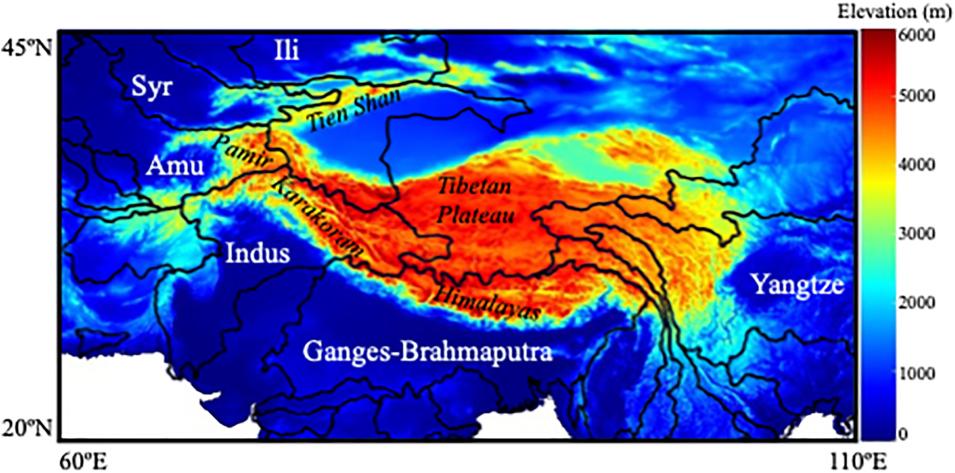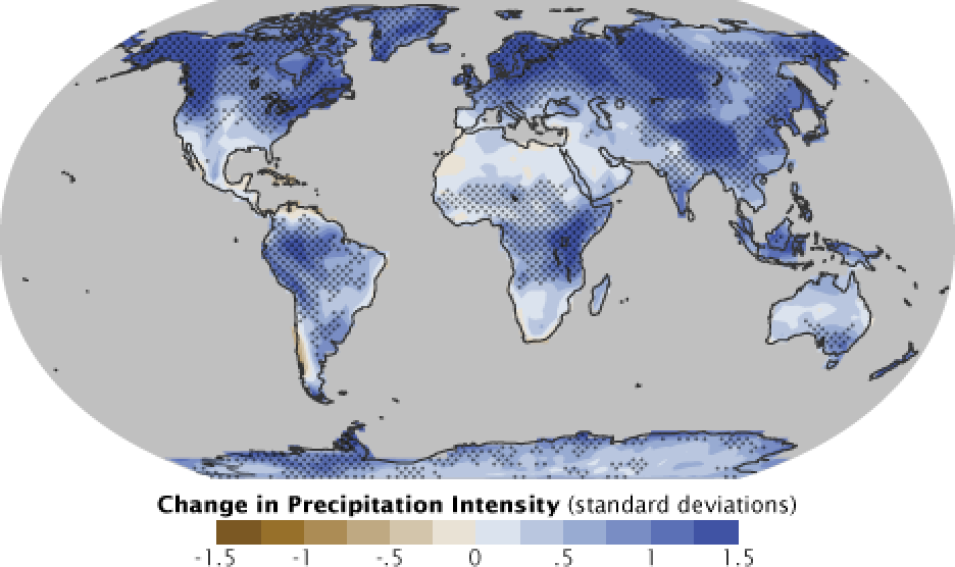Dr. Fadji Z. Maina, Associate Research Scientist, Hydrological Sciences Laboratory, NASA's Goddard Space Flight Center and the University of Maryland–Baltimore County
Research Interest: Hydrology.
Research Highlights: Of all the potential impacts associated with Earth's changing climate, shifts in the planet's hydrological cycle may be the most significant. For example, an atmosphere warmed by heat-trapping gasses will increase evaporation rates and raise the amount of moisture circulating throughout the troposphere (i.e., the lowest level of the atmosphere). This, in turn, would impact the development of clouds, change precipitation patterns, and increase the frequency of intense precipitation events. Further, warmer temperatures would result in more precipitation falling as rain rather than snow, which would affect patterns of terrestrial runoff and stream flow.
Yet, due to regional variations in topography and other geophysical characteristics, climate-induced changes to Earth’s hydrologic cycle would likely materialize differently in regions around the globe.
To find out how changes in the hydrologic cycle are impacting High Mountain Asia (HMA)—an area home to more than a billion people and that encompasses the Tibetan plateau and the nearby countries of China, Myanmar, Bhutan, Nepal, Bangladesh, India, Pakistan, Afghanistan, and Kyrgyzstan—NASA created a High Mountain Asia Team (HiMAT). Its goals are to assess and project changes in the region’s water, ice, snow, surface hazards, and related phenomena, and better understand how shifts in the region’s water resources are impacting its human and bio-geophysical systems.
Among the scientists involved in this is effort is Dr. Fadji Z. Maina, Associate Research Scientist in the Hydrological Sciences Laboratory at NASA's Goddard Space Flight Center in Greenbelt, Maryland, and at the University of Maryland, Baltimore County. As a member of HiMAT’s Water Budget Processes subgroup, Maina uses satellite data and hydrologic models to investigate changes in the HMA water budget over the past 20 years.
“We’re trying to reconstruct the hydrology of the region over the past two decades. But, in general, my focus is understanding the evolution of water resources in response to climate change,” said Maina. “The goal is to be able to do some forecasts later on and then corrections to see how these resources are going to change in the future, but right now we are trying to understand what is really driving the changes in water resources that we are observing.”
Although climate change is likely one of those drivers, it’s not the only one.
“If we think about High Mountain Asia, glaciers are melting and the entire hydrological cycle is changing, so [climate change] could be why we are seeing changes,” Maina said. “But the increased agricultural activities on the landscape and the consumption of water by humans could also be driving these changes. So, we need to understand what’s driving the changes in hydrology that we’re seeing.”

